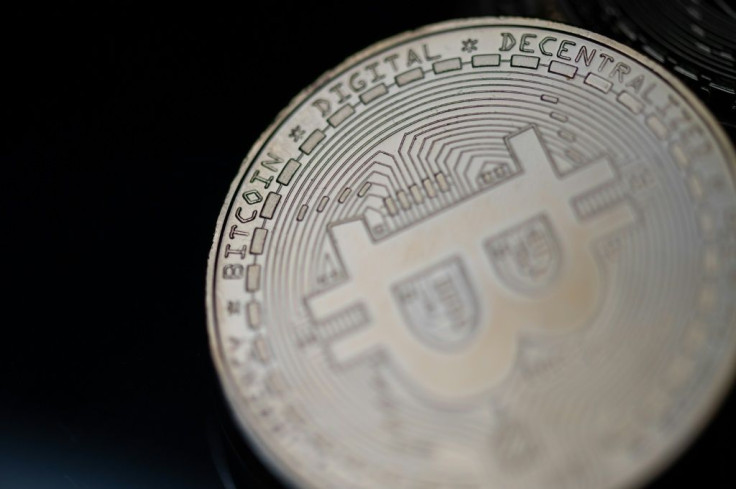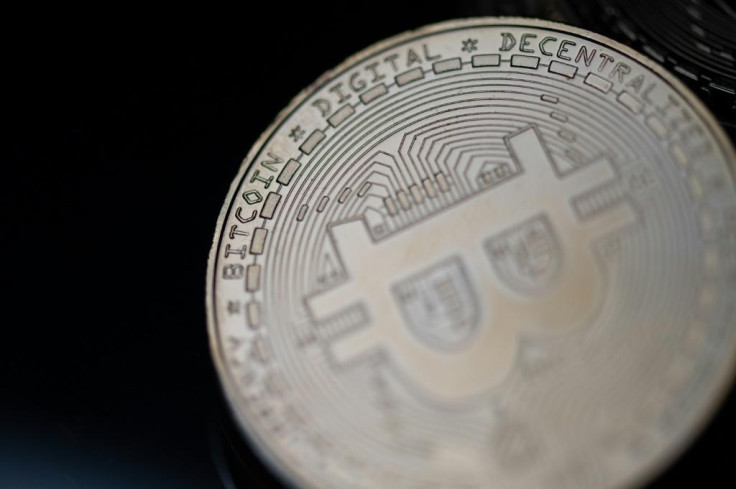What Bitcoin's Link With Tesla Means For Public Trust In Our Financial Markets

Cryptocurrencies have been experiencing a lot of volatility, and while there are surely numerous factors behind this — China doubling down on its crackdown of cryptocurrency, for example — the most visible and widely discussed factor just might be Elon Musk, whose tweets almost single-handedly seem to move the crypto market.
Bitcoin's value skyrocketed back when Musk announced that Tesla would accept Bitcoin as a form of payment and then, just a few short months later, plunged after he tweeted that Tesla would no longer accept the cryptocurrency due to its environmental impact. It then recovered somewhat after Musk tweeted that Tesla would not be selling its Bitcoin holdings, and recovered a bit more (within mere minutes, in fact) after he tweeted that he'd met with Bitcoin miners to discuss sustainable energy usage for the digital currency.
While Bitcoin investors may be sighing with relief in the short term, all this volatility resulting from a single individual's tweets (or a mere change to his Twitter bio) points to a larger problem that should concern everyone, not just investors, concerned with the long-term health and integrity of our markets and, by extension, our economy at a time when we are all hoping for economic recovery due to the devastating effects of the pandemic.
The 4 factors of bubbles and crashes
We wrote a book, published in 2019, called "Bubbles and Crashes: The Boom and Bust of Technological Innovation" in which we looked closely at major tech innovations over the last 150 years and identified four factors that increased the likelihood of speculation in a particular tech.
The first is uncertainty because without uncertainty, there's no speculation or bubble since everyone knows what's going to happen. The second factor is the presence of novice investors, often associated with technological innovation, which makes it possible for bubbles to inflate. For instance, the increasing availability of the telephone in the 1920s allowed people to trade from remote locations across the country, making a large influx of new investors possible.
Third, there needs to be an object of speculation. Highly uncertain EV SPACs and Bitcoin are both good examples. Fourth, you need a narrative. This could be a broad socioeconomic narrative (e.g., EVs will save the planet) or a more focused investment-centered narrative (e.g., Bitcoin can make you rich) that connects the novice investor to the object of speculation and reduces perceived uncertainty.
As we come into the present moment, Bitcoin and cryptocurrencies are this bubble model on steroids. Given that the fate of Bitcoin is now linked to Tesla as a result of Musk's actions and, by extension, linked to the stock market as a whole, this could be a serious problem.
What happens when Bitcoin becomes linked to Tesla
Elon Musk is by no means the only factor behind the volatility of cryptocurrencies, or the way they're now correlated to the stock market in general, but using Musk as an example is particularly useful in illustrating why this is a problem.

Photo: AFP / Martin BUREAU
Part of the problem with Bitcoin being linked to Tesla is that both are overvalued, and there are two consequences, specifically, to Tesla's overvaluation. One, it leads to mispricing of SPACs and other EV-related securities. Companies like Lordstown Motors and Nikola Motor Company can look at Tesla and think, "If Tesla is worth $800 billion, then my EV company, despite having no product and zero revenue, must be worth at least a few billion dollars."
A study published this year showed that the rise in Tesla shares in 2020 indeed led to the mispricing of EV SPACs via "the Tesla effect." Two, Tesla's overvaluation is also driving up the value of the mainstream auto industry. Tesla is now worth more than the top nine automakers combined. Since you can't pull down the value of Tesla in this current climate, what happens is that the value of other automakers just goes up with it. In other words, the irrationality driving speculation behind Tesla stock and Bitcoin is infecting a lot of our securities.
Now, consider that Tesla has joined the S&P 500 and that for every move of $11.11, Tesla stock would move the S&P 500 by one point. The latter has a market cap of around $30 trillion and Tesla is now $600 billion of that, so that's a decent percentage of many people's retirement. If Tesla shares were to tank, it would significantly impact the S&P 500 — not a comforting thought.
Questions we need to be asking
What does this mean? It means we have a bubble, perhaps several. Unfortunately, knowing that we're in a bubble doesn't tell us much about when it will pop, and bubbles can keep inflating for a long time. In the meantime, we need to be asking ourselves a few questions.
First, how do we track bubbles? We have already seen some of the personal costs associated with this latest set of novice investors. When do we go from seeing the signs of a bubble, as we're seeing now, to a truly dangerous situation in which retail investors are about to be crushed?
Social listening tools — including private sector platforms but especially so-called social "observatories" based in universities — may be able to provide some advanced warning about cracks in the bubbles we inhabit. Although this is still very much a nascent science, we have now seen several cycles of stock movements in "meme stocks," and while research takes time, we will gradually come to understand the "tools" that online promoters use to attract attention, engagement and eventually speculative investment. Forewarned is, hopefully, forearmed.
Next, how do we regulate markets that are dominated by retail investors in a way that balances the enormous benefits of aggregating capital and opinions with the costs to retail investors whose savings may get swept away with the crowd? The same retail-driven mania that inflated Tesla has spread to cryptocurrencies, so-called "meme" stocks such as GameStop, and broader markets and their prices do not reflect underlying value. This will leave many retail investors exposed when the music stops.
Regulatory reform is more problematic. Because our governmental systems are hamstrung by seemingly intractable gridlock, itself fueled by some of the very mechanisms deforming our markets, we should not expect regulatory solutions to current market conditions. Not to mention, even a robust regulatory response — were, say, new SEC chair Gary Gensler to try to mount one — might well be too slow. And no one in public life wants to be the one who pops a bubble.
These caveats notwithstanding, a public response is required, probably at an intergovernmental scale. Given crypto's role as a payment platform for illegal activity, enforcing disclosure, transparency and fiduciary requirements on platforms and users of cryptocurrencies may help stabilize these markets when the inevitable crash comes.
What's clear is that if we stand by and passively watch this process of inflating and bursting occur, especially if this bursting meaningfully impacts everyday investors, not only will the transparency of our markets remain suspect, but their legitimacy as well. Our financial markets are a foundational part of the institutions of 21st-century capitalism. Public trust in markets is critical for the efficient allocation of capital to productive uses, and market integrity, in turn, is essential for that trust. Ensuring trust across a broad spectrum of market participants is critical in sustaining a capitalist system that has done much to improve the human condition.
(Dr. David Kirsch and Dr. Brent Goldfarb are both professors at the University of Maryland Robert H. Smith School for Business.)





















